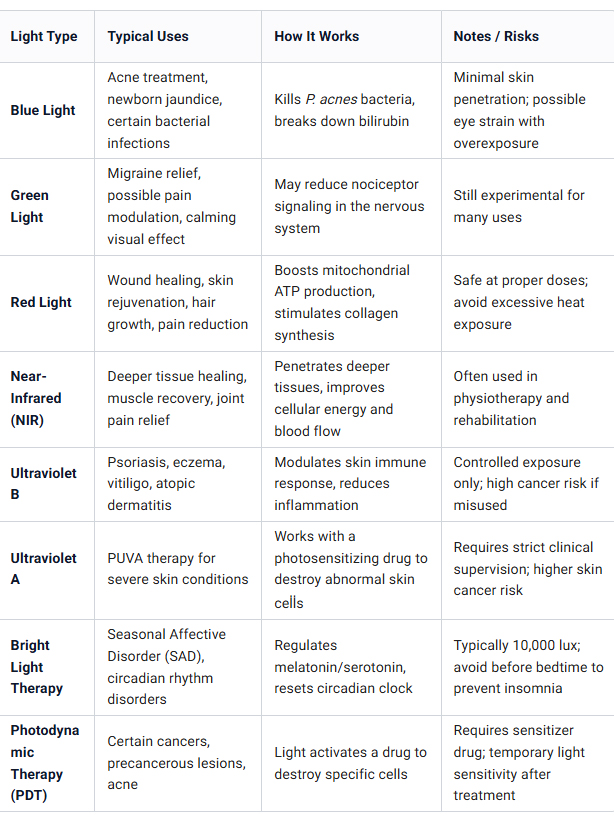With momentum building around the proven benefits of light therapy, Australia’s Dr Darren Morton of The Lift Project recently hosted a captivating online presentation on this intriguing wellness approach—once considered fringe, but now winning over a passionate and rapidly growing following.
“There’s a real interest in light therapy and the connection between light and various different health outcomes,” he explained.
“There’s really some fascinating work that’s being done. The technical name for it is photo-bio-modulation. You can break down the words like this: photo is the light part, bio is the biology part, and modulation means it’s just changing stuff within our bodies.”
Currently, he said, there’s great interest in how two aspects of light may influence health outcomes. The first concerns the brightness of light, and the second involves the type, in particular, the colour of light that we are exposed to.
It turns out that different wavelengths of light interact with the body in specific ways, and various technologies are used for therapeutic purposes. Here are the main categories:
1. Visible Light Therapies
Bright light therapy involves treating seasonal affective disorder (SAD), certain sleep disorders, and circadian rhythm disturbances. It works by exposing a patient to bright, full-spectrum light (usually 10,000 lux), which influences melatonin and serotonin production.
Blue light therapy is used for acne treatment, newborn jaundice, and antimicrobial purposes. Blue wavelengths destroy certain bacteria and help break down bilirubin in newborns.
Emerging research on green light therapy suggests benefits for migraine relief and pain reduction. It is understood to reduce pain signals in the nervous system.
2. Red and Near-Infrared Light Therapy
This type of light has benefits in wound healing, tissue repair, reducing inflammation, pain relief, skin rejuvenation, and hair growth stimulation. Here red and near-infrared wavelengths stimulate mitochondrial ATP production, aiding cell repair and regeneration.
3. Ultraviolet (UV) Light Therapy
Ultraviolet light therapy is used in the treatment of psoriasis, eczema, vitiligo, and atopic dermatitis. UVB suppresses overactive skin immune responses; UVA with photosensitising agents (PUVA) treats severe skin disorders. But there are risks. Prolonged exposure increases skin cancer risk, so it’s medically controlled.
4. Laser Therapies
There are a variety of applications here. Low-Level Laser Therapy can be used for pain, inflammation, and tissue healing. High-powered medical lasers are used in surgery, tumour removal, and vision correction.
5. Infrared Heat Therapy
This is ideal for muscle relaxation, improved circulation, and pain relief. With this type of therapy, infrared wavelengths penetrate tissues, increasing blood flow and ease stiffness.
6. Photodynamic Therapy
PDT Treatment is used on certain cancers and precancerous lesions, as well as acne. In this case, a photosensitising drug is applied, then light activates it to destroy abnormal cells.

Dr Daren points out that humans need around 3000 lux hours per day. Lux is a measure of illuminance or brightness. Multiplying lux by time gives a measure of lux-hours or the total light exposure over that period of time. It’s roughly equivalent to what we receive on a good sunny day, and the amount we generally need for our emotional well-being.
“Certainly, we know that in high latitude areas of the world, like Canada and Alaska, during the winter months when they don’t get 3000 lux hours, their depression rates are very high.”
Even brightly lit indoor settings were typically never more than about 500 lux. Going outside on a bright sunny day, however, can provide up to 3000 lux in one tenth of an hour.
“The message is pretty simple. Outdoor environments, where the sun hangs out, is the place we need to go to get the levels of light that we need. The evidence for us to get adequate amounts of light is quite compelling.”





